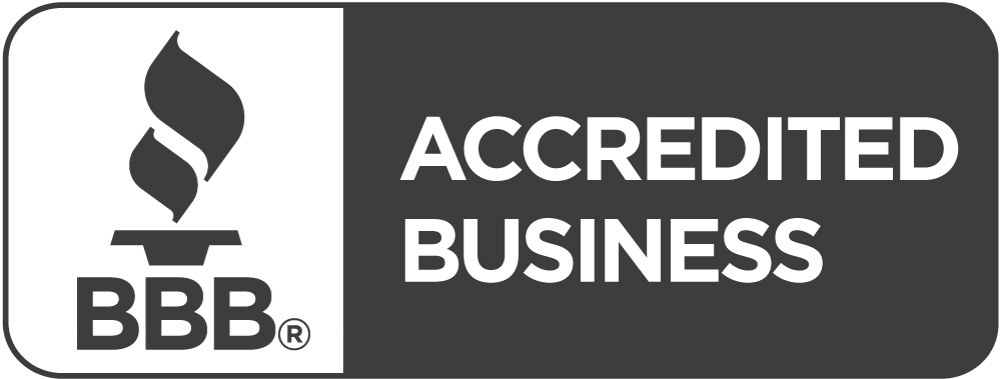HIPAA is one of the most important aspects of secure patient visits. If you are interested in learning how to ensure HIPAA compliance virtually, read on!

Modern technology has brought about a new age of connectivity in healthcare. From staying in contact with patients to staying up-to-date on health records, the digital world has made so much of healthcare easier and more expeditious.
While this has led to a greater quality of service and accessibility, it also comes with its own challenges.
The most important of these challenges regard HIPAA compliance, and how to ensure it within the virtual sphere. We’ll cover everything you need to know about how to ensure HIPAA compliance through online telecommunications and how employing the right medical office answering service can follow suit.
A Refresher on HIPAA
When discussing the intricacies of the law, it’s important to have a reminder of just what that law entails. It is the best way to make sure you know how to verify HIPAA compliance.
The Health Insurance Portability and Accountability Act of 1996 (HIPAA) was a law created in order to protect patient information. Specifically, this was in regard to preventing confidential information from being shared without patient consent.
In addition, there are also two security policies that form part of the HIPAA rule:
- Privacy Rule – Aimed at informing the rights individuals have in understanding and controlling how their protected health information (PHI) is used. This is one of the HIPAA policies that seeks to allow the movement of necessary information while protecting the privacy of individuals.
- Security Rule – This HIPAA rule specifically covers “electronic protected health information”, detailing regulations regarding what can be transmitted electronically. It includes the insurance of confidentiality and the protection of data from threats like data breach.
What is a Covered Entity?
The HIPAA Privacy Rule specifies certain groups that are subject to the Privacy Rule. These groups are referred to as covered entities throughout the law, and include:
- Healthcare providers
- Health plans
- Healthcare clearinghouses
- Business associates
These are the entities that must maintain HIPAA compliance, and for whom there is a list of things they can and cannot do. It is important to note that HIPAA compliance is a crucial aspect of understanding the client intake process. With this in mind, it is essential that patient care coordinators and intake specialists are also aligned on HIPAA best practices.
Defining “Virtual”
The HIPAA Security Rule states its goal is to “…protect electronic personal health information that is created, received, used, or maintained by a covered entity.”
In essence, this means any information transmitted by electronic means.
That means all messages, electronic forms, and virtually stored patient information fall under the HIPAA Security Rule. Even if that information was originally created on paper, if it now exists in an electronic form, it counts as e-PHI.
What About Phone Calls?
Although phone calls may not obviously fall under the “virtual” rule, there are a few important factors to consider when handling patient information through the telephone:
- While patient information exchanged over phone calls does fall under HIPAA regulation, according to the HIPAA Privacy Rule §160.103 it does not fall under the Security Rule. This is because the information is exchanged orally, and not kept or created in electronic form.
- However, if a phone call is recorded, then it does fall under the Security Rule since the information now exists and is stored in electronic form. It is a distinction to watch out for.
Encryption: Another Layer of Protection
One aspect of virtual HIPAA compliance that often gets lost is the need for encryption. The HIPAA Security Rule requires the e-PHI to be handled securely. That means it must be protected from outside sources that could access it. Sadly, it is all too common for information transferred insecurely to be hacked or accessed by an external individual. That’s why even digital security gaps are considered a HIPAA violation.
With this in mind, be sure to take steps to properly protect digital information through encryption. Encryption is the process of taking data and translating it into unreadable code so that only those with the digital key can access the information.
HIPAA-compliant encryption requires end-to-end encryption (E2EE). This essentially means that when the data is transferred from one place to the next, only the sender (the healthcare institution) to the recipient (the patient) can open or access the data.
But that E2EE data must not go through an intermediary server such as a regular email or a text message. If it does, it will no longer be considered compliant since the intermediary server may have holes in their cyber protections that you can’t know of.
Storage and Information Sharing
Another aspect of virtual HIPAA compliance revolves around how the e-PHI is stored and shared.
As with the transmission of virtual patient data, the storage of said data must also be encrypted and secured. It must be held within a secure framework where only authorized persons may access it.
Likewise, the system for storing or sharing the protected information must not release any information with the unauthorized provider. To ensure this, the healthcare organization and third party must have a Business Associate Agreement (BAA). This agreement contains security measures that the third party agrees to implement in order to be HIPAA compliant.
How To Implement HIPAA Compliance Virtually? Trust the Experts
The best way to implement HIPAA compliance in a virtual setting is to use a HIPAA compliant software or company that has one in place. It can be difficult to keep track of all the regulations yourself, and costly if something turns out to not be HIPAA compliant. Just make sure to have your HIPAA compliance checklist ready. You will want to verify the third party’s HIPAA compliance requirements and make sure their HIPAA compliant software is secure to avoid data breach.
Ensuring HIPAA rules are followed is largely part of the patient coordinator’s responsibilities. To get the answers to more commonly asked questions, such as “what does a patient care coordinator do?” and “what are the best strategies to improve patient intake efficiency?”, make sure to check out our useful guides for cultivating the best patient experience.
A Better Solution To HIPAA Compliant Virtual Communication: NEXA
Maintaining virtual correspondence through messaging can be a time-consuming and difficult task for staff. And that is without the need to worry about HIPAA compliance requirements. It all takes away from their time focusing on the patients.
Nexa can help you solve your need for convenient patient contact while maintaining HIPAA compliance. Our team is highly trained with an in-depth knowledge of HIPAA regulation. So, for up-to-date information, you can connect your CRM software and let our team at Nexa take some of the burdens off you.
In addition, our team of trained professionals will make sure your patients have personalized care. Rest assured their needs will be met with compassion and empathy.
Sources
- DC. Health Insurance Portability and Accountability Act of 1996.
- HHS. The Security Rule. https://www.hhs.gov/hipaa/for-professionals/security/index.html.
- The HIPAA Guide. What Are The HIPAA Telephone Rules? https://www.hipaaguide.net/hipaa-telephone-rules/.
- HIPAA Journal. HIPAA Guidelines on Telemedicine. https://www.hipaajournal.com/hipaa-guidelines-on-telemedicine/.









































































